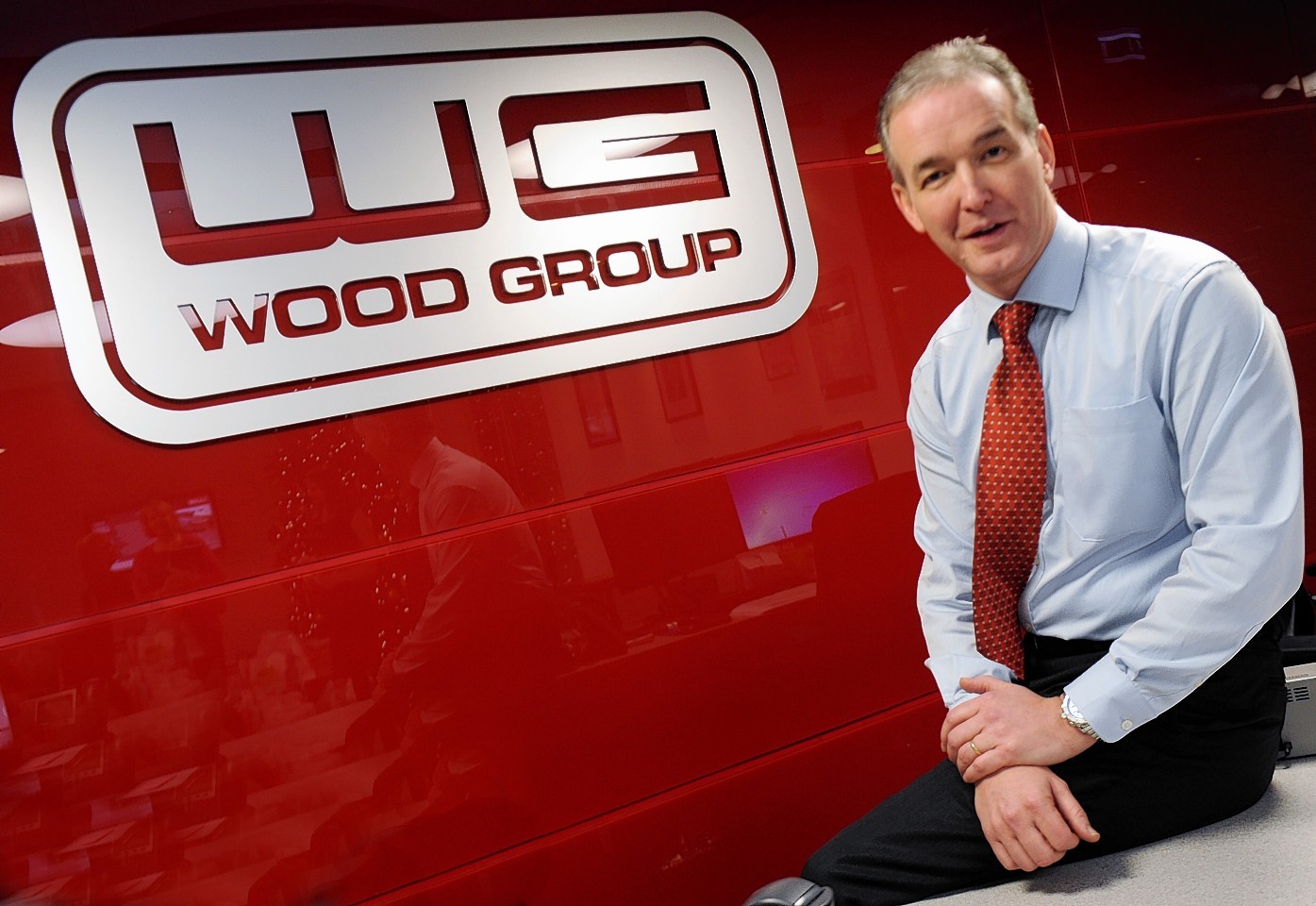The spirit of collaboration taking hold in the North Sea should be applied to all of Scotland’s infrastructure development, a leading energy industry boss has claimed.
Robin Watson, chief executive of Wood Group PSN, said approaches set out in the Wood Review that will enforce the sharing of complex subsea assets could bolster investment in infrastructure across Scotland.
Mr Watson, who is speaking at the Scottish Council for Development & Industry (SCDI) forum in Edinburgh today, (Friday, May 2), argued that transparent and collective vision is fundamental to improving Scotland’s infrastructure.
“It’s the horse and cart scenario – you need infrastructure to grow the business economy and you need investment from the business sector to bring about the need for better infrastructure,” he said.
“What comes first often changes so having a transparent vision and collective strategy, and being clear on who the stakeholders and enablers are is key.”
Drawing comparisons to the energy sector, he said: “Scotland’s oil and gas industry has changed considerably in the last 10 years. Not always through vision and desire but because of necessity too.
“There have been outstanding achievements but as we look to the future, there are some definite challenges too. The recent Wood Review proposal sets out to address some of these, to seek a renewed, refreshedvision and strategy for the sector that promotes collaboration, innovative ways of working, new technologies and regulatory support.
“The energy sector is built around networks of complex subsea pipelines connecting production platforms and tie backs all under different ownership or leasing arrangements. Scotland’s infrastructure faces similar complexities and challenges, albeit in a different context.
“The point is we need to focus on the future, on having sight of what we want to achieve, on working collectively and on who the stakeholders are to make things happen – for the benefit of the citizens of Scotland.”
Mr Watson also said that while Scotland has a rural context, we should not default to thinking this makes the country less competitive or capable of maximising infrastructure.
He drew comparisons with Queensland in Australia, with a population the same size as Scotland and a land mass 25 times larger, and North Dakota in the United States where the population size is one seventh of Scotland’s five million people but across a vast land mass of two and a half times Scotland’s.
He said: “WGPSN works in Queensland and North Dakota, regions that are significantly more rural than Scotland. This hasn’t detracted from their growth and ability to attract international investment, such as ours.”
“We have a strong starting point with the primary, secondary and tertiary sectors in Scotland, but a transparent, cohesive, coherent vision and strategy to develop Scotland’s infrastructure is key to our country being fit for the challenges and expectations of the twenty first century.”
